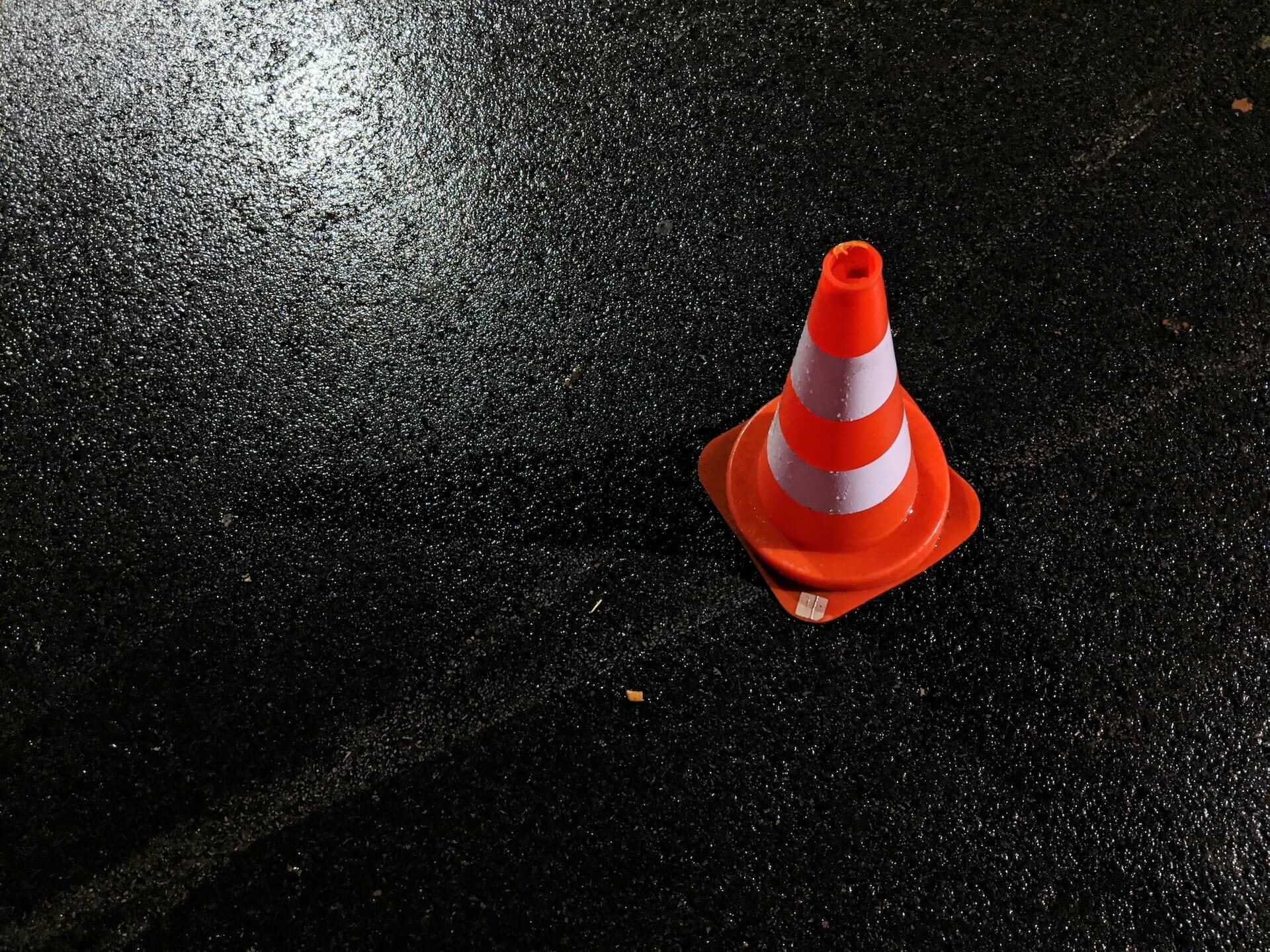
Whether you’re running your own business or are the competent person tasked with keeping a team safe, it is your legal and moral responsibility to ensure a safe and efficient workplace.
In the event of a workplace accident, everyone involved is affected. As well as staff suffering from injuries and illness, the company will suffer from loss of productivity, rising personal injury claims and losing hundreds of thousands of pounds due to sick pay. So, it is a no-brainer that you will want to do everything you can to reduce accidents in the workplace. That’s where we come in!
At 4 Cladding Services, we have put together an all-you-could-need guide on reducing workplace accidents to help you get started. From the most common workplace accidents to tips and advice on reducing these, you can find valuable information here to help you maintain a safe and orderly workplace for all.
Most Common Workplace Accidents
According to the HSE, the most common workplace accident in the UK based on statistics is slips and trips. Often, this is the attributor to various other incidents, such as machinery accidents, scalding, and falls from heights.
Second to slips and trips, injuries while handling, lifting and carrying objects and equipment are also a statistically high cause of workplace accidents. In third place is being struck by a moving object.
Of course, there are many more causes of workplace accidents, with sites at high risk for various hazards. So, how can you aim to reduce these risks?
7 Ways to Avoid Accidents in the Workplace
If you’re concerned about potential hazards on your site, follow our advice on seven ways to avoid workplace accidents.
1. Risk Assessments
Risk assessments should be carried out regularly on your site to assess any existing hazards and new potential risks that might be present. They aim to determine if the organisation is at risk in any way, who and how. From this assessment, action can be taken to limit identified risks and implement safer working practices.
Risk assessments should be carried out on a physical, mental, chemical and biological level.
2. Regular Equipment Services and Maintenance
Just like risk assessments should be regularly carried out, so should service and maintenance checkups on all tools, equipment and machinery. This ensures that all equipment on site is in good working order and unlikely to fail in the middle of use, potentially leading to serious risk or injury. By servicing and checking machinery regularly, you can ensure any potential issues and damages are identified and fixed early.
3. Ensure Up to Date Training
Keeping your team in top working order is the same as keeping your equipment in good working condition. Your team should be afforded regular, up-to-date training to ensure they always work to the best possible standards and latest practices.
At 4 Cladding Services, we offer extensive training on all our equipment to ensure each staff member on your site knows how to operate it safely and efficiently. If members of your team do not know how to operate certain equipment properly, then this is a major safety concern.
4. Display Signage
At the site of any potential hazard, no matter how small, you should always ensure that appropriate signage is displayed. This includes;
- Wet floor signs
- Trip hazards
- Appropriate protection to be worn, i.e. hard hats, safety glasses etc.
- Flammable materials etc.
5. Provide Appropriate PPE
If Personal Protection Equipment is needed by your team to carry out their roles safely, this should be provided by the business to ensure high-quality equipment is available to every team member. Equipment could include;
- Hard hats
- Safety glasses/goggles
- Steel capped boots
- Gloves and more protective clothing
6. Keep Workspaces Clean and Tidy
Maintaining a clean and tidy workspace may seem like a given. Still, countless businesses fall victim to accidents like slips, trips and falls due to simple clutter getting in the way. Dedicating just a little bit of extra time each day to ensure the site is clean and tidy at the start and end of each shift will greatly impact the number of related accidents.
Things to look out for include loose cables that could present a trip hazard and ensuring any spillages are cleaned up immediately.
7. Report and Log all Accidents
Finally, your company should have an accident book to record any accidents that occur on-site. Keeping a clear log and record of all incidents on site can stop the same incident from being repeated in the future.
It is essential concerning the Reporting of Injuries, Diseases and Dangerous Occurrences Regulations (RIDDOR) requirements.
Finding the Right Training and Support for your Team
We hope that you have found our guide to reducing accidents in the workplace to be very helpful. To limit your risk of incident, make sure to put these tips into effect on your site.
If you want to ensure competency by your team when using vacuum lifting equipment, find out more about our training and support services available.
Ready to find out more? Don’t hesitate to get in touch with our expert and friendly team for further advice and guidance.
Related Blogs
Your Ultimate Guide to Working at Height
The Importance of Training In The Workplace